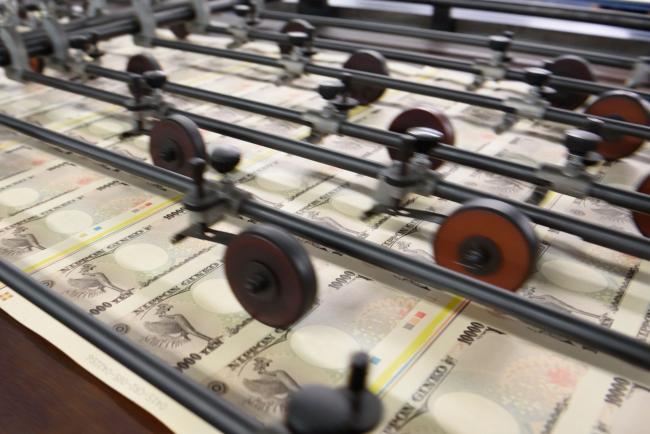(Bloomberg) -- It has paid to listen to your friendly yen strategist -- just not enough for a significant opportunity to make money.
Year-end forecasts for the dollar-yen are on track to be the most accurate in recent history, according to data compiled by Bloomberg going back to at least 2006. But success has come from calling for little change in the currency, in a year where it has seen its narrowest trading range on record.
Strategists began 2019 calling for the yen to trade at 108 per dollar by the end of the year, an expected rise of 1.6%. And despite an early January flash crash, three rate cuts by the Federal Reserve and rollercoaster U.S.-China trade talks that have whipsawed markets, the yen was up just 1% to trade at the 108.50 level Tuesday.
“The yen has been stuck between a rock and a hard place,” said Francesca Fornasari, portfolio manager and head of currency solutions at Insight Investment. “It’s been stuck in a tug-of-war between easing rates support and capital outflows. That has kept it probably more range-bound than more people would have expected.”
The yen has traded between the 104.46 and 112.40 levels so far in 2019, the smallest range on record. While a combination of the surge in trade tensions and slowing global growth might have been expected to lead to greater yen strength, fund withdrawals, seasonality and the steady growth in Japanese acquisitions abroad have all acted as a counterweight to haven flows, according to analysts.
The currency’s haven status “has probably helped a bit with keeping the yen in range as trade headlines have tugged and pulled it back and forth,” said Vishnu Varathan, head of economics and strategy in Singapore at Mizuho Bank Ltd. “We’ve had yields globally remaining low, which has correlated to the steadiness of the dollar-yen.”
Some Appreciation
As for next year, strategists are betting the mild appreciation theme will continue, expecting the yen to strengthen over 3% to the 105 level by end-2020, according to data compiled by Bloomberg. The most bullish call has a target of 96 per dollar, while one strategist sees the currency going in the opposite direction, weakening to the 116 level.
Analysts who expect a rise in volatility have some support from moves over the past decade. Current volatility levels are at extreme lows relative to history, with similar declines often preceding a pickup in price swings.
“Volatility is likely to remain subdued for a while but is likely to pick up one way or another in 2020,” said Ranko Berich, head of market analysis at Monex Europe Ltd. “Our base case is that the global economy recovers and volatility returns as central banks find themselves with inappropriately accommodative policy and must undo some of this year’s easing.”
(Adds investor comment in fourth paragraph.)
